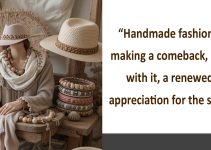In recent years, the fashion world has experienced a dramatic shift as traditional gender norms and expectations have been questioned and reevaluated. One of the most notable trends in the fashion industry today is the rise of gender-neutral fashion—a movement that challenges conventional ideas about what clothing should be worn by whom and how. No longer confined to stereotypical “feminine” or “masculine” garments, today’s fashion is increasingly about individual expression, inclusivity, and breaking down barriers. While gender-neutral fashion has traditionally been associated with the LGBTQ+ community, women are at the forefront of this cultural revolution, using fashion as a tool to defy societal expectations and embrace fluidity.
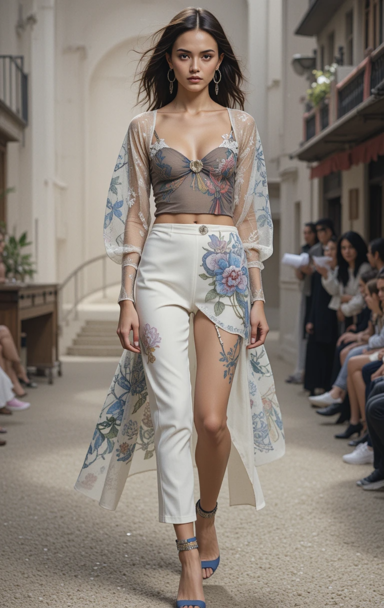
Gender-neutral fashion offers a refreshing departure from the long-established concept of rigidly gendered clothing, instead championing comfort, equality, and freedom of choice. The rise of this inclusive trend has given women the ability to explore new aesthetics, rediscover their sense of self, and define style on their own terms. In this article, we will explore the journey of gender-neutral fashion, the role women are playing in its rise, and how this movement is reshaping the way we approach style and identity.
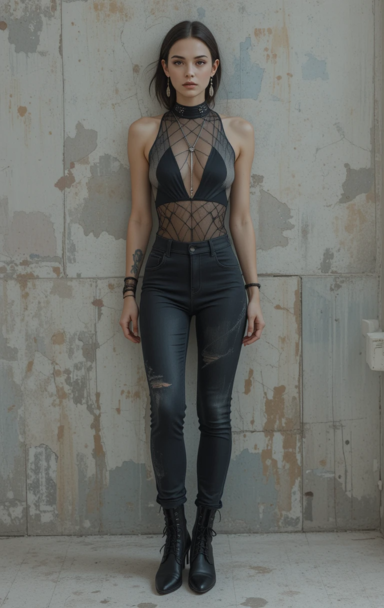
The Origins of Gender-Neutral Fashion
To understand the rise of gender-neutral fashion, it’s important to look back at its roots. Historically, clothing has been highly gendered, with society placing heavy expectations on both men and women regarding what they should wear. From corsets and skirts to suits and ties, fashion has long been a way to express societal roles and gender identities.
However, throughout history, there have always been moments where these rigid gender norms were challenged. In the 1920s, women like Coco Chanel and Marlene Dietrich pushed the boundaries of fashion by adopting pants and other traditionally masculine garments. Chanel, in particular, is credited with making the pantsuit stylish for women, marking the beginning of a slow but steady movement toward the androgynous look.
In the 1960s and 1970s, the gender-neutral fashion movement was further fueled by the counterculture and feminist movements. Designers like Yves Saint Laurent introduced tuxedo jackets for women, breaking away from the highly feminized silhouettes of the era. During this time, the concept of unisex clothing began to emerge, with certain items like denim and basic t-shirts transcending gender lines.
Fast forward to the 21st century, and gender-neutral fashion is no longer a subversive act or a fleeting trend. Instead, it has evolved into a mainstream cultural movement. Today, gender-neutral clothing is widely accepted, and designers, retailers, and influencers are embracing the fluidity that this fashion revolution represents.
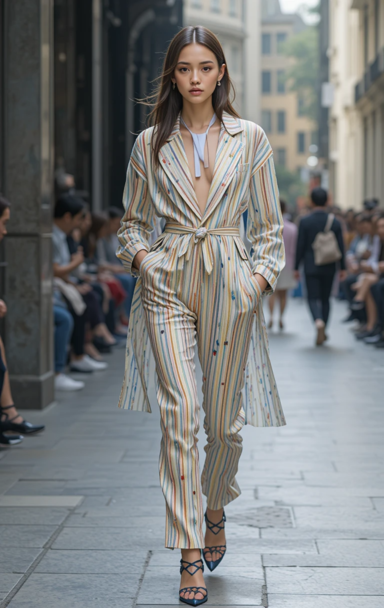
How Women Are Redefining Style Through Gender-Neutral Fashion
Women are playing an essential role in the rise of gender-neutral fashion, not only as consumers but also as designers, influencers, and cultural figures who challenge outdated ideas of femininity. In many ways, the growing acceptance of gender-neutral fashion is directly tied to the ongoing struggle for gender equality and women’s empowerment.
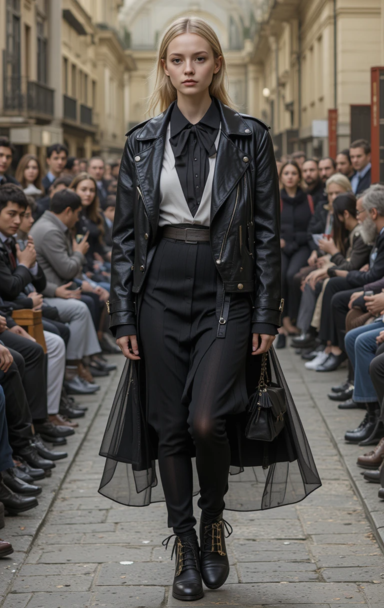
1. Challenging Traditional Beauty Standards
For centuries, women have been expected to conform to specific beauty and fashion standards that have often limited their self-expression. From restrictive clothing like corsets and high heels to the pressure to appear hyper-feminine, women have been boxed into a narrow definition of what it means to be a woman.
Gender-neutral fashion empowers women to move beyond these expectations, embracing clothing that prioritizes comfort, practicality, and individuality over tradition. By choosing gender-neutral garments, women can free themselves from the constraints of feminine clothing and embrace their unique identity. Instead of adhering to the pressure to wear skirts, dresses, or form-fitting outfits, many women are turning to oversized jackets, loose trousers, tailored suits, and even gender-neutral sneakers as a way of expressing themselves authentically.
In this way, gender-neutral fashion isn’t just a shift in what we wear—it’s a movement that gives women the freedom to be whoever they want to be without having to conform to society’s definition of femininity.

2. Breaking Boundaries in the Workplace
The rise of gender-neutral fashion has had a particularly profound impact in the workplace. For decades, professional attire for women was confined to dresses, skirts, and blouses—items that were seen as appropriate for a “feminine” professional image. Women who strayed from this norm often faced criticism or were considered unprofessional.
Today, gender-neutral fashion is creating new possibilities for women to dress for success while rejecting outdated corporate dress codes. Women’s suits and blazers, once designed with a distinctly feminine cut, are now being reimagined with broader shoulders, oversized fits, and more masculine-inspired silhouettes. The tailored suit has evolved into a versatile piece that can be worn by anyone, regardless of gender. With the rise of unisex collections and clothing lines from brands like Telfar, Phlemuns, and Comme des Garçons, women now have access to garments that allow them to feel confident, competent, and comfortable in the workplace, without the need to conform to traditional gendered expectations.
By embracing gender-neutral styles, women are not only redefining how they dress but also challenging workplace norms that have long been defined by outdated gendered standards.
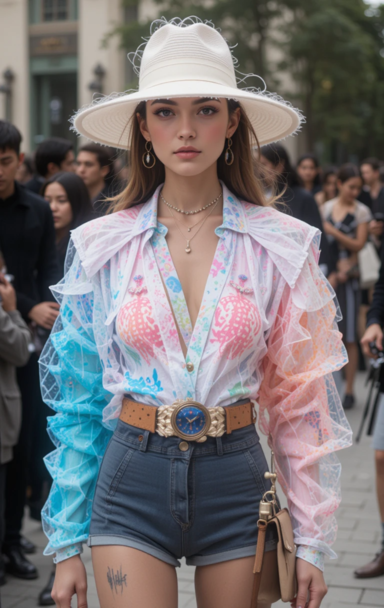
3. Gender-Neutral Fashion as a Form of Feminist Expression
For many women, adopting gender-neutral fashion is an act of feminist resistance—a way to fight against the expectation that women’s clothing must always be “feminine” in nature. By choosing clothes that blur the lines between masculine and feminine, women are dismantling the oppressive structures that limit their freedom of choice.
In particular, many women are embracing gender-neutral clothing as a way to reject the over-sexualization of women’s bodies in fashion. Rather than dressing for the male gaze or adhering to traditional gender roles, they are choosing to wear what makes them feel powerful and at ease. This rebellion against stereotypical femininity is a powerful statement about autonomy and equality.
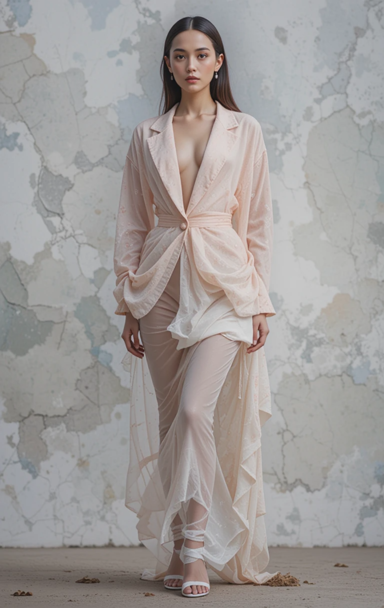
The Role of Designers and Brands in the Gender-Neutral Fashion Movement
The fashion industry’s response to the rise of gender-neutral fashion has been an essential catalyst for the movement’s growth. In recent years, several high-profile designers and brands have embraced gender-neutral collections and unisex styles, offering pieces that are accessible to anyone, regardless of gender identity.
1. Iconic Designers Leading the Charge
Designers like Pharrell Williams with his line Billionaire Boys Club, Telfar Clemens with Telfar, and Jean-Paul Gaultier have been instrumental in promoting unisex collections that challenge traditional gender norms. Telfar’s gender-neutral designs, which focus on simplicity, comfort, and accessibility, have been particularly successful in championing the idea that fashion can be inclusive and fluid. Gaultier’s early adoption of androgynous styles in the 1980s and 1990s, including his famous use of male and female models in his collections, continues to influence contemporary designers today.
Brands like Jaden Smith’s MSFTSrep and Stella McCartney have also adopted unisex designs, making it clear that gender-neutral fashion is here to stay. As these brands become more mainstream, the stigma surrounding gender-neutral clothing continues to fade, making way for more widespread acceptance of non-binary styles.
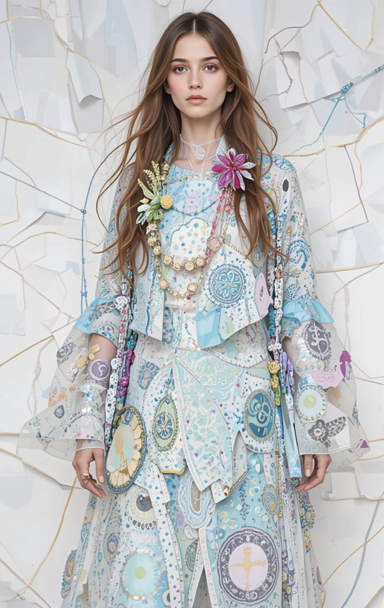
2. Retailers and Mainstream Brands Taking Action
The push for gender-neutral fashion has also reached major retail chains, with many now offering unisex or gender-neutral collections. Brands such as H&M, Zara, and Uniqlo have begun to feature unisex clothing in their collections, offering a wider range of options for all consumers. Additionally, luxury brands like Gucci and Balenciaga have blurred the lines between masculine and feminine aesthetics, showing that gender-neutral clothing can be both high-fashion and inclusive.
This shift has been made possible by the changing cultural attitudes toward gender and fashion, with consumers expressing a growing desire for more inclusive and flexible options. As major retailers and designers embrace gender-neutral collections, they are making it clear that style should never be limited by gender.
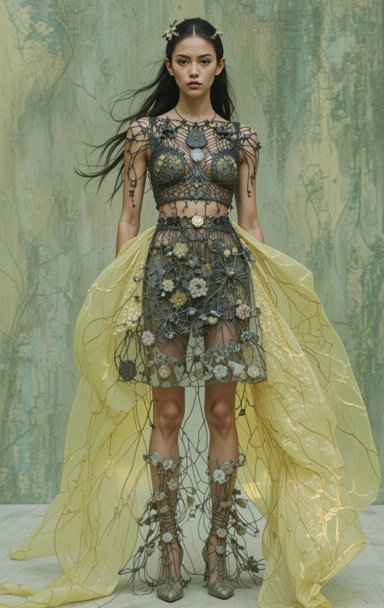
The Future of Gender-Neutral Fashion
The future of gender-neutral fashion looks incredibly promising, with more and more people—particularly women—embracing the freedom to dress according to their own preferences. As cultural attitudes continue to evolve, fashion will likely become even more inclusive, with a focus on individual expression and comfort rather than adherence to gendered expectations.
It is not just a trend but a movement that reflects the changing landscape of society, where gender fluidity and equality are becoming more widely accepted. The rise of gender-neutral fashion is reshaping how we define ourselves through clothing, and women are at the forefront of this transformation.
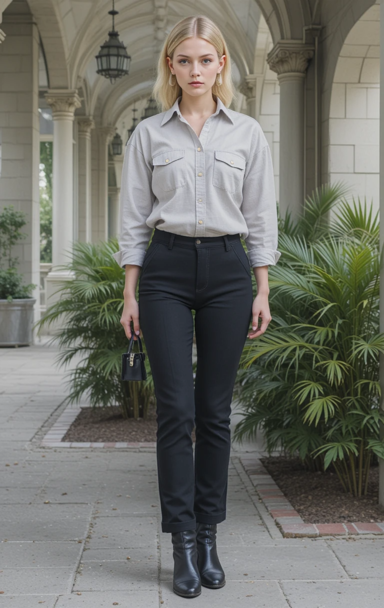
Ultimately, the rise of gender-neutral fashion is not only about what we wear; it’s about creating a world where individuals are free to express themselves authentically without fear of judgment or limitation. It’s about equality, empowerment, and the right to choose. As more women redefine style on their own terms, the world of fashion is bound to become more inclusive, diverse, and, most importantly, free from the constraints of outdated gender norms.

